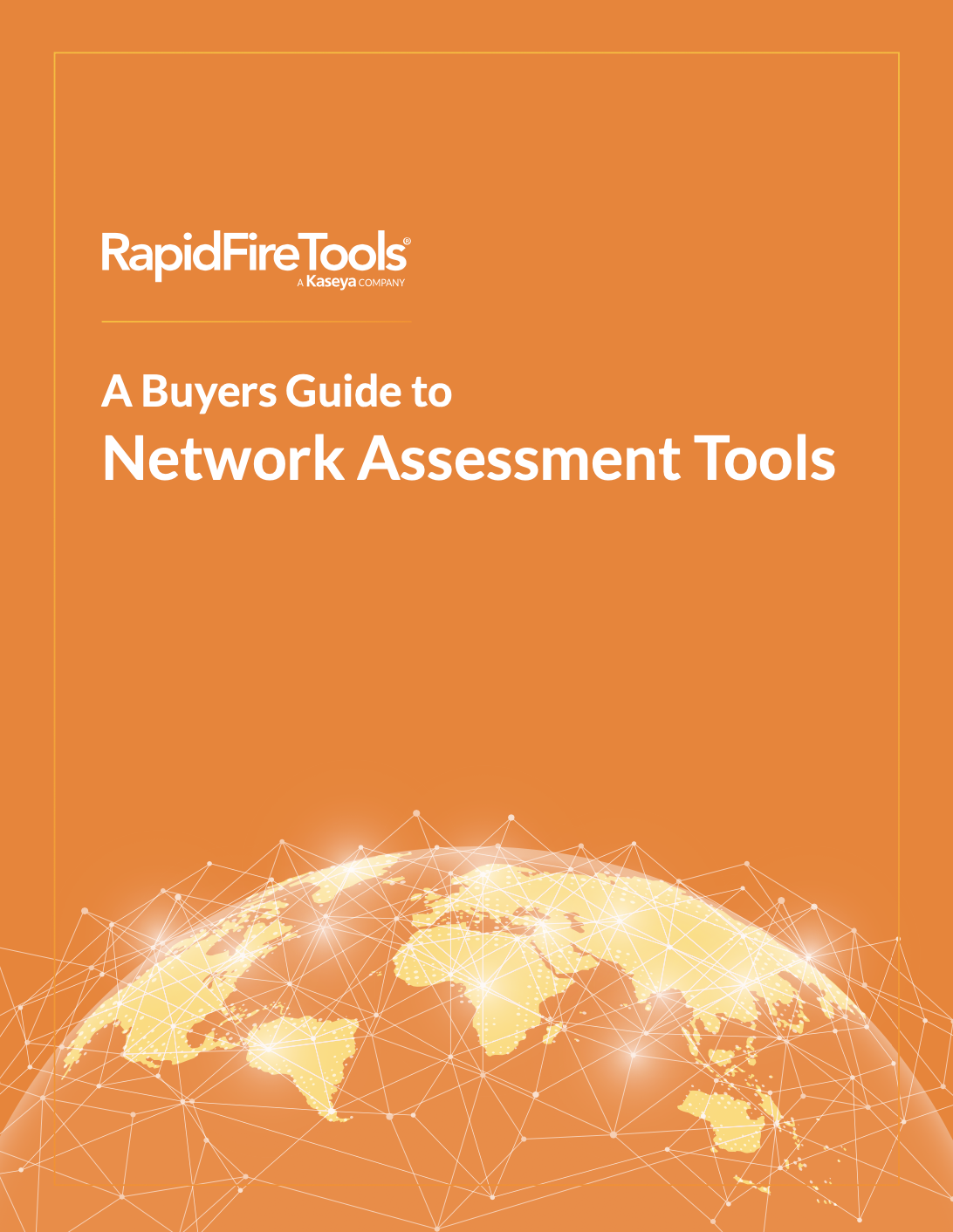In 2013, the National Institute of Standards and Technology (NIST) was directed to create a “voluntary framework—based on existing standards, guidelines, and practices — for reducing cyber risks to critical infrastructure.”
Government agencies and contractors were required to implement cybersecurity programs defined in NIST Special Publications 800-53 and 800-171, which required them to have significant technical and financial resources to implement the complex requirements.
The framework has been adopted by corporations and non-profits of all sizes to better protect their intellectual property by better managing their cybersecurity risks. It is broken down into five sections – Identify, Protect, Detect, Respond, and Recover – and provides an organized structure to follow to secure data. The CSF focuses on security concepts and allows organizations to choose the appropriate tools for their specific environment. An update to the original version includes an emphasis on cybersecurity in an organization’s supply chain, including vendors and other third-parties that process, store, or access data.
In 2021, a federal law was passed giving incentives to HIPAA Covered Entities and Business Associates that implement the NIST CSF. CompTIA, the IT industry association, realigned its Security Trustmark with the CSF. States have also used the NIST CSF as a basis for their data protection requirements. .
Whether you are an IT professional with many responsibilities within your department, or manage client networks as part of an MSP, implementing a security framework requires a great deal of time and effort. By aligning your security stack of products and services with the NIST CSF, you can standardize activities to secure your network. By consistently adopting a recognized framework, you can better protect your organization or client.
Costs associated with cybersecurity failures are doubling or tripling each year and you need policies and practices in place to ensure your organization or client doesn’t become another statistic in the next cybersecurity report. The NIST Cybersecurity Framework delivers specific guidelines and instructions to help companies assess and improve their cybersecurity posture.
Every business in the U.S. is governed by at least one state data breach law. Many businesses must comply with various other regulations. Companies that have purchased cyber insurance need to implement data protection controls to comply with their policies. Businesses are being required, through contracts, to secure data.
Data breaches can result in lawsuits. The consistent implementation of the framework allows a business to claim that it followed government standards instead of an ad-hoc approach to cybersecurity. While vendors and customers you work with may also be subject to attacks, the place to start is with your own organization.
While it can be applied to regulated industries and aligns closely with many regulations across various industries, the NIST CSF itself is not a requirement. It’s simply a best-practice-based framework to help you systematically assess your current cybersecurity position and identify areas that need improvement.
If you’re responsible for managing NIST CSF compliance, or any other compliance standard, you need to consider Compliance Manager GRC. Our purpose-built compliance solution is designed to automate NIST CSF compliance, as well as a wide range of other compliance assessment, management and documentation tasks, saving you time and frustration.
Want to find out more about Compliance Manager and how it can help you manage NIST CSF compliance, as well as many other mandated regulations? Request a demo of Compliance Manager GRC today.
